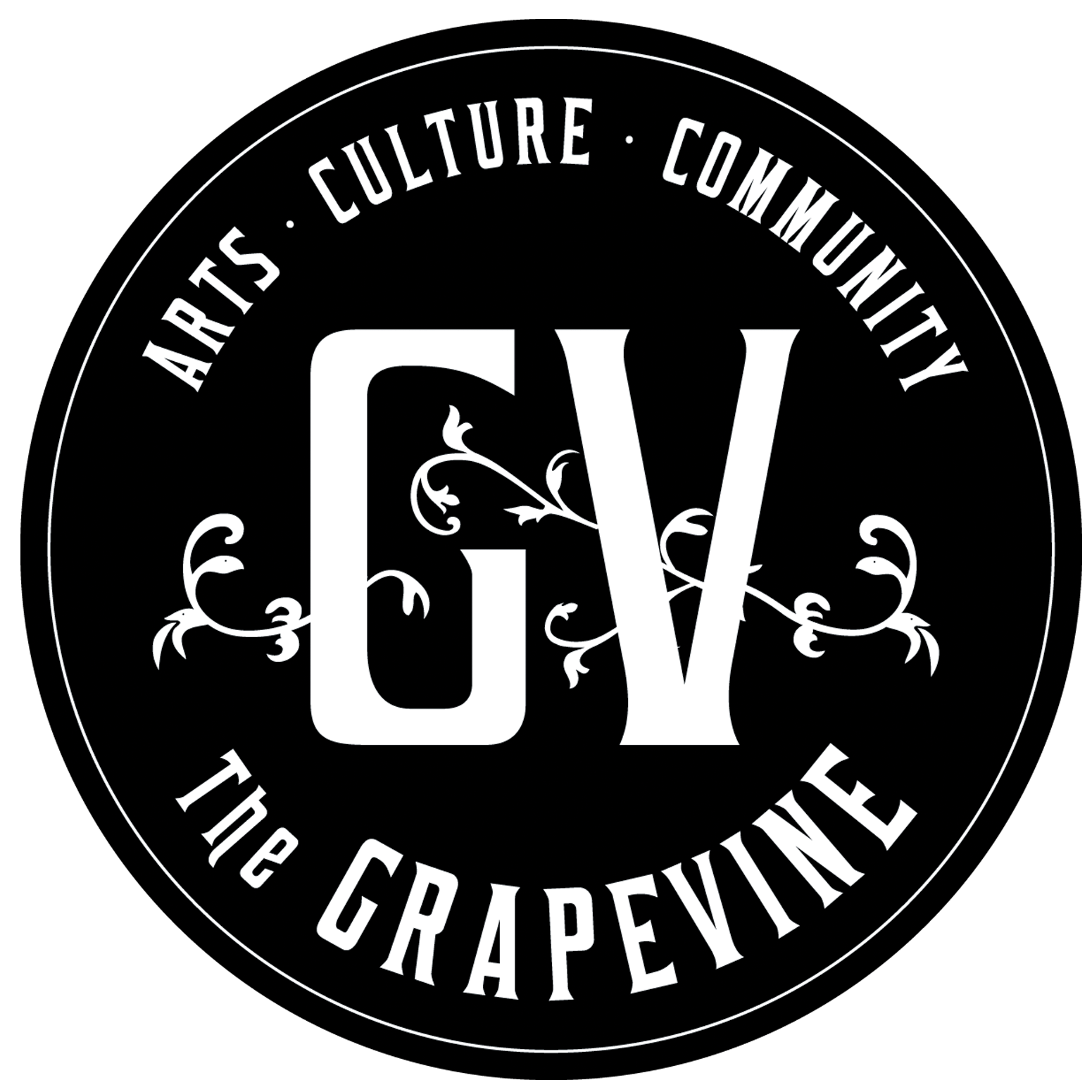Read Time:2 Minute, 20 Second
What’s Growing at the Harriet Irving Botanical Gardens: Plant Lore
By Melanie Priesnitz Conservation Horticulturist
If you’ve read this column in the past you may have gleaned that I like plants. It’s no secret and I am not alone in my fondness for greenery. Plants make us feel good! Plants give us food, oxygen, shelter, and medicine! What’s not to love? Plants are a part of our daily lives and we wouldn’t be able to live on this planet without them, yet many of us take them for granted. One way to ensure that plants aren’t forgotten is to learn their stories, get to know their names and uses, and share that knowledge with younger generations. I continue to learn new plant lore everyday, and I am excited to be able to share some of what I’ve learned with others during an upcoming Acadia Lifelong Learning course, “The Secret Life of the Acadian Forest Flora”.
There are interesting plants all over the world, but the ones that I enjoy studying and teaching about the most are the ones that exist in the wild here in Nova Scotia. These are the plants that we tend to take for granted the most; the common ones that are in our own backyard. These native plants have made us who we are; we’ve evolved with them. Plants are very much a part of our rich cultural heritage in Canada. When we think of Canada, images of birch bark canoes, maple leaves, and tall trees come to mind. Canada wouldn’t be what it is today if it hadn’t been opened up by canoes made of birch bark and cedar held together with spruce roots and resin.
It is hard for us in the present day to imagine a time before grocery stores, pharmacies, and hardware stores. However it was not so very long ago that the forest was the supply store. Using what’s around you forces creativity and exploration. There are at least 12 functional uses, 8 food products, and 3 medicines that can be made from the Common Cattail alone. If you want to discover how to cure a headache with Skunk Cabbage or learn about the explosive pollination mechanism of the world’s fastest plant Bunchberry, consider signing up for “The Secret Life of the Acadian Forest Flora”. The Open Acadia course runs for four sessions from February 17 to March 10. Each week we will study a variety of native plants in depth. We will explore the folklore, history, horticulture, and ecology of a group of diverse and unique plants. For registration information contact Acadia Life Lifelong Learning at Open Acadia at 902-585-1434 or visit openacadiau.ca.
Harriet Irving Botanical Gardens
Acadia University

